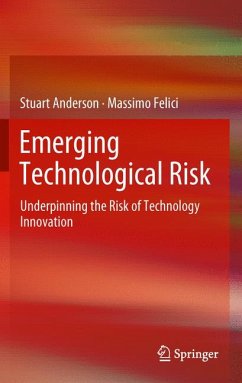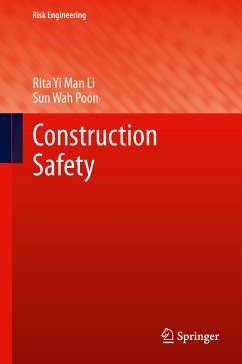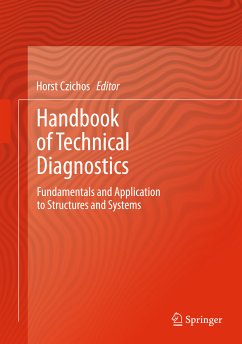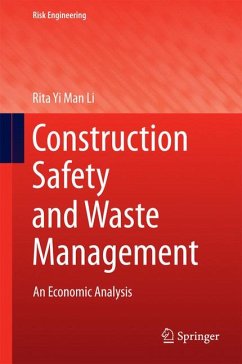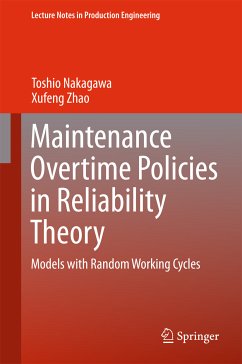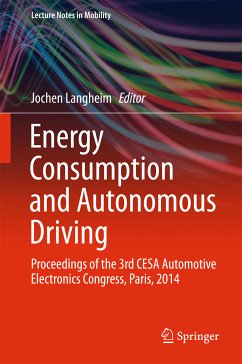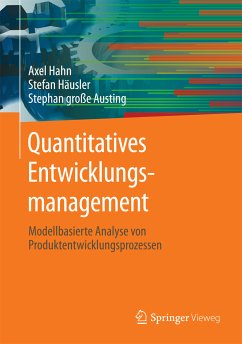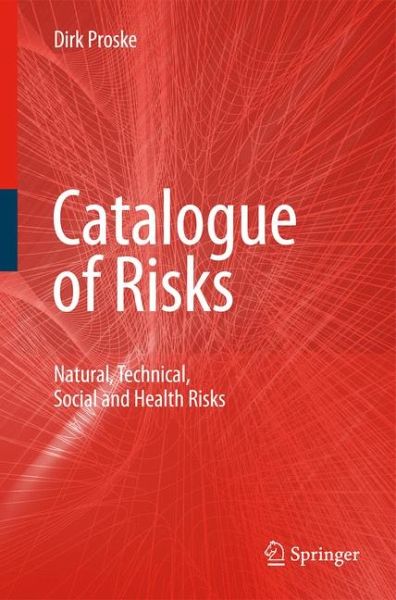
Catalogue of Risks (eBook, PDF)
Natural, Technical, Social and Health Risks
Versandkostenfrei!
Sofort per Download lieferbar
72,95 €
inkl. MwSt.
Weitere Ausgaben:

PAYBACK Punkte
36 °P sammeln!
Since the German edition of this book, the topic of risk has experienced even greater attention, not only in the world of science but also in other fields, such as economics and politics. Therefore, many new publications have evolved. To keep with the idea of an encyclopedia for the topic of risk, this book has been completely reworked. Not only are many updated examples included in chapter "Risks and disasters" but also new chapters have been introduced, such as the chapter "Indetermination and risk". This new chapter was developed since the question "Is it possible for risks to be completely...
Since the German edition of this book, the topic of risk has experienced even greater attention, not only in the world of science but also in other fields, such as economics and politics. Therefore, many new publications have evolved. To keep with the idea of an encyclopedia for the topic of risk, this book has been completely reworked. Not only are many updated examples included in chapter "Risks and disasters" but also new chapters have been introduced, such as the chapter "Indetermination and risk". This new chapter was developed since the question "Is it possible for risks to be completely eliminated, and if not why?" has become a major point of c- cern. Therefore, especially in this chapter, the focus of the book has - tended from a simple mathematical or engineering point of view to include much broader concepts. Here, not only aspects of system theory have to be considered, but also some general philosophical questions start to inf- ence the considerations of the topic of risk.The main goal of this edition, however, is not only the extension and revision of the book, but also the translation into the English language to allow more readers access to the ideas of the book. The author deeply hopes that the success the book made in the German edition continues and that readers experience a major gain from reading the book.
Dieser Download kann aus rechtlichen Gründen nur mit Rechnungsadresse in A, B, BG, CY, CZ, D, DK, EW, E, FIN, F, GR, HR, H, IRL, I, LT, L, LR, M, NL, PL, P, R, S, SLO, SK ausgeliefert werden.




